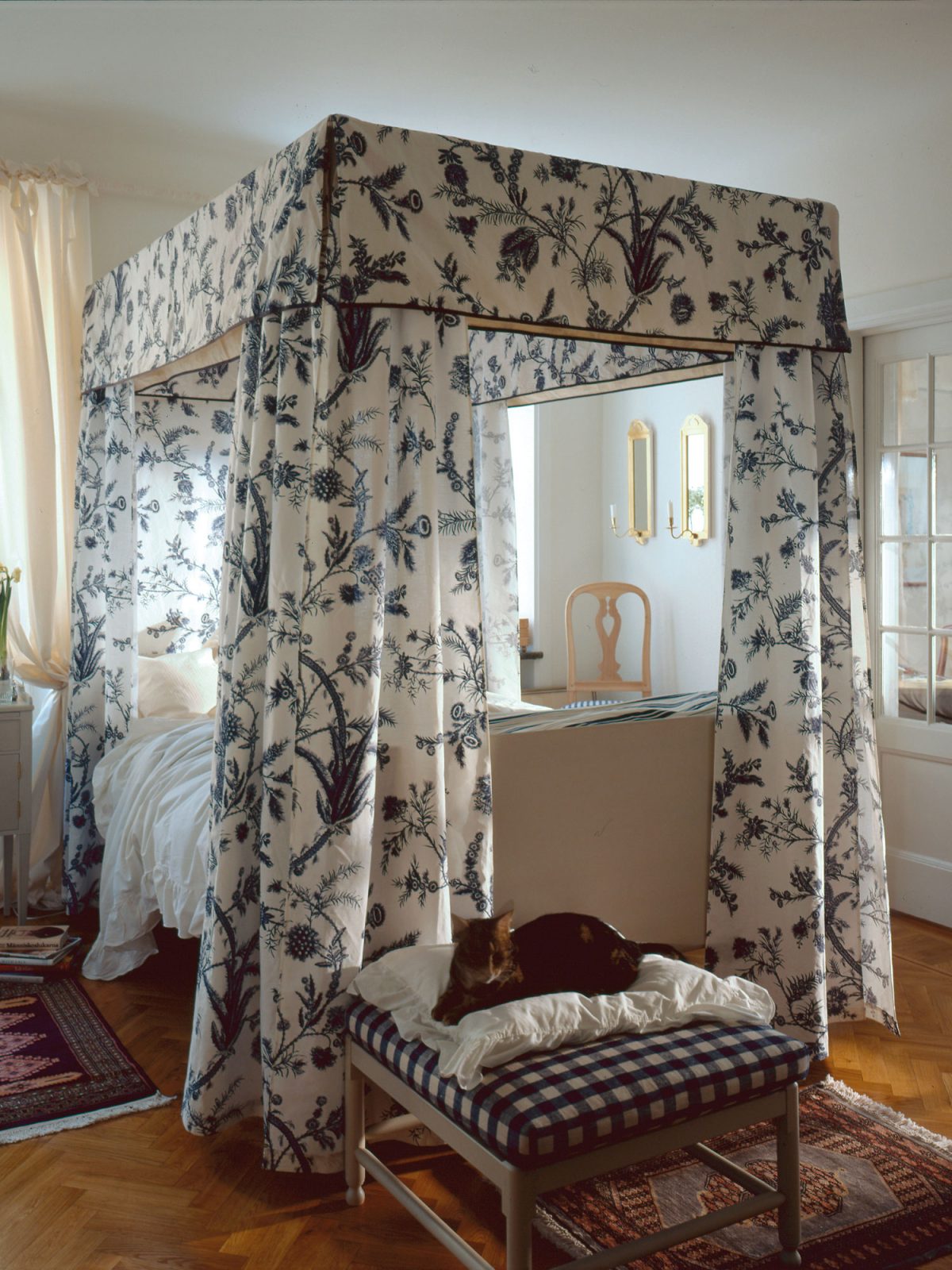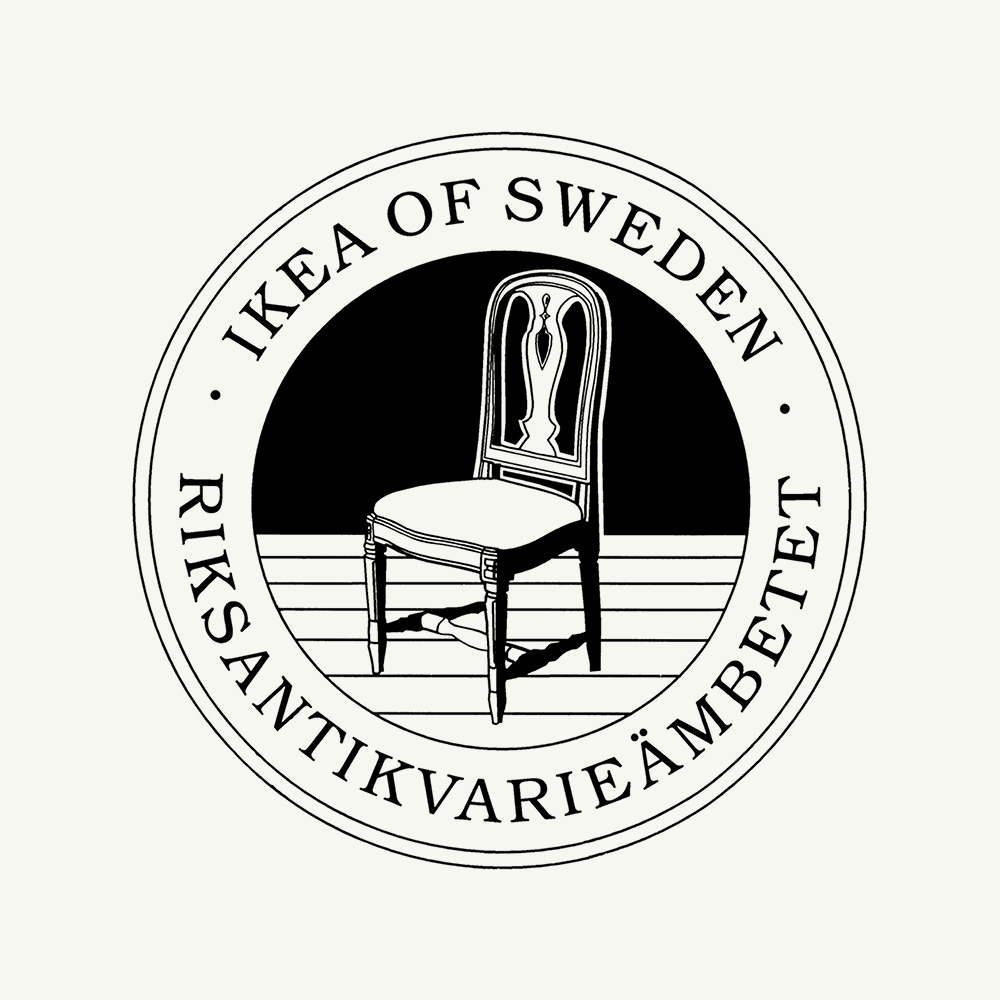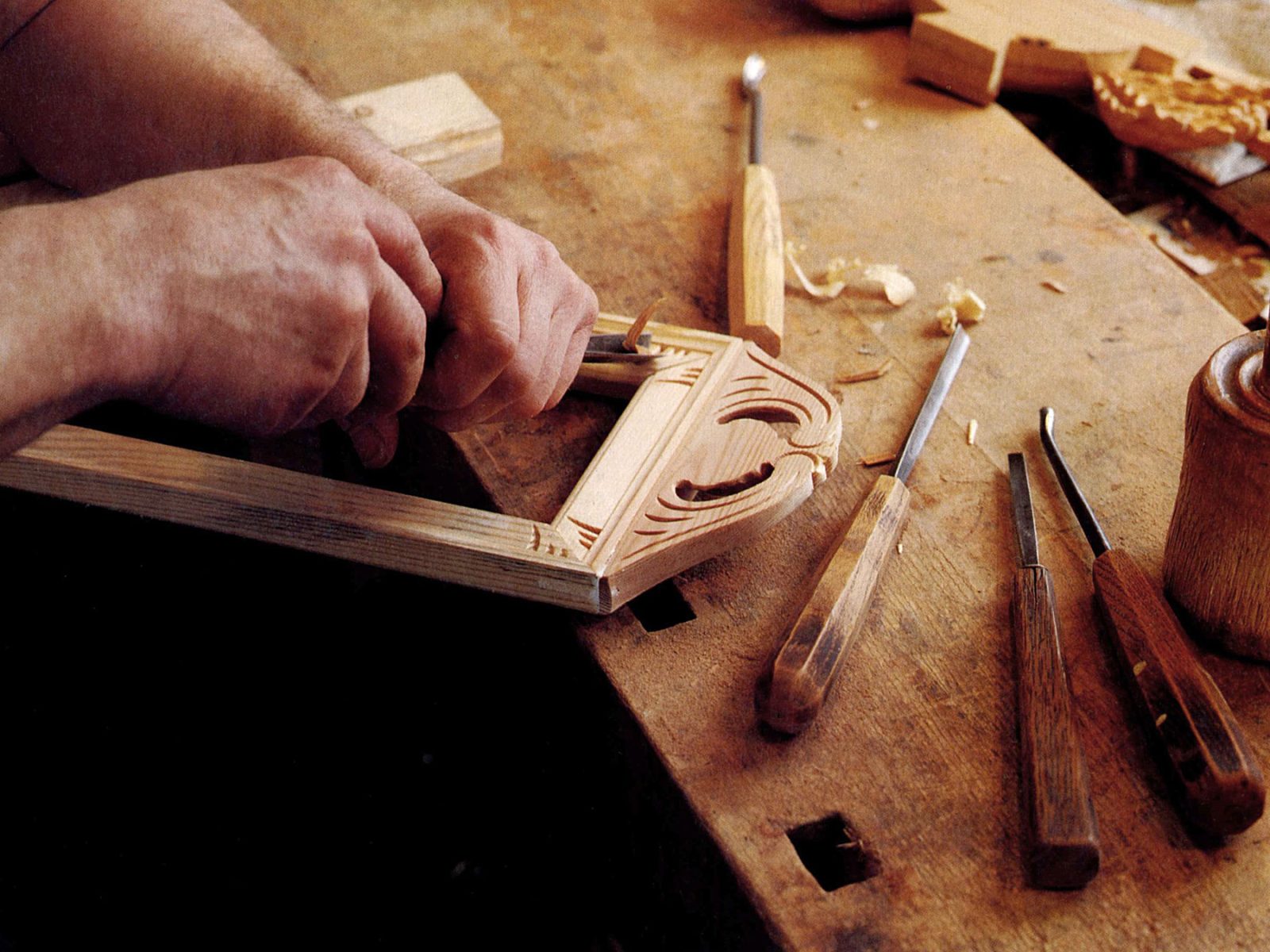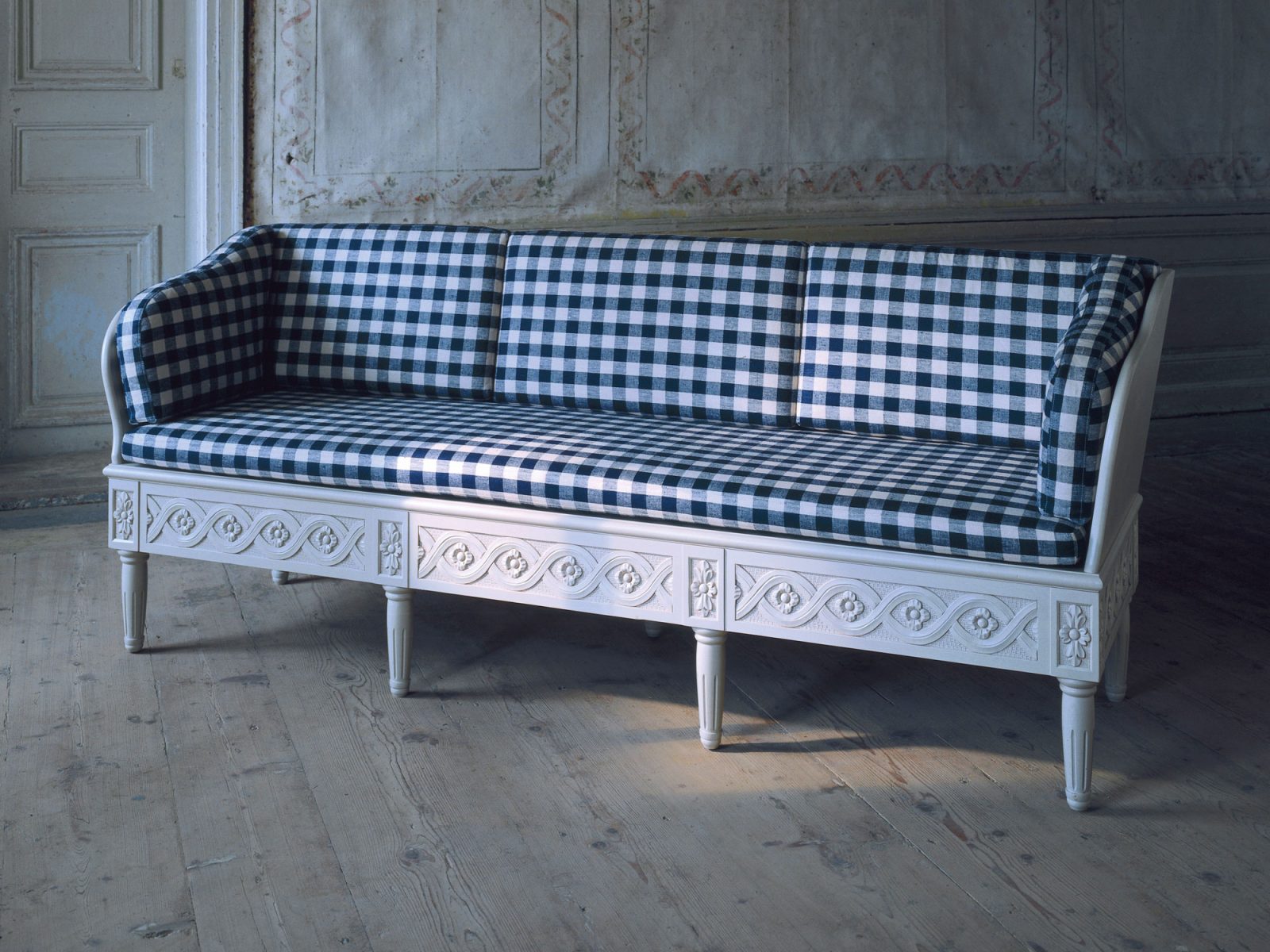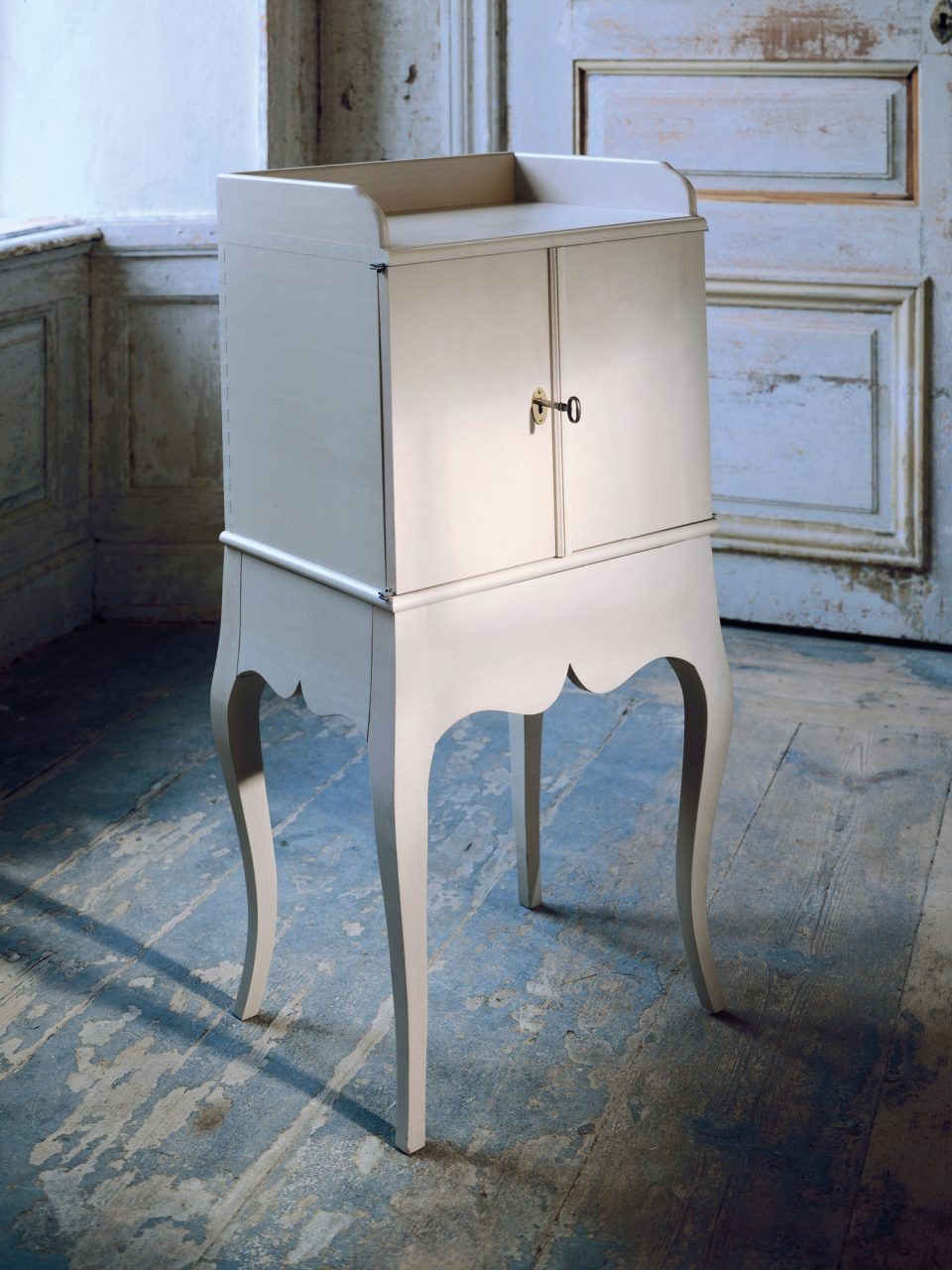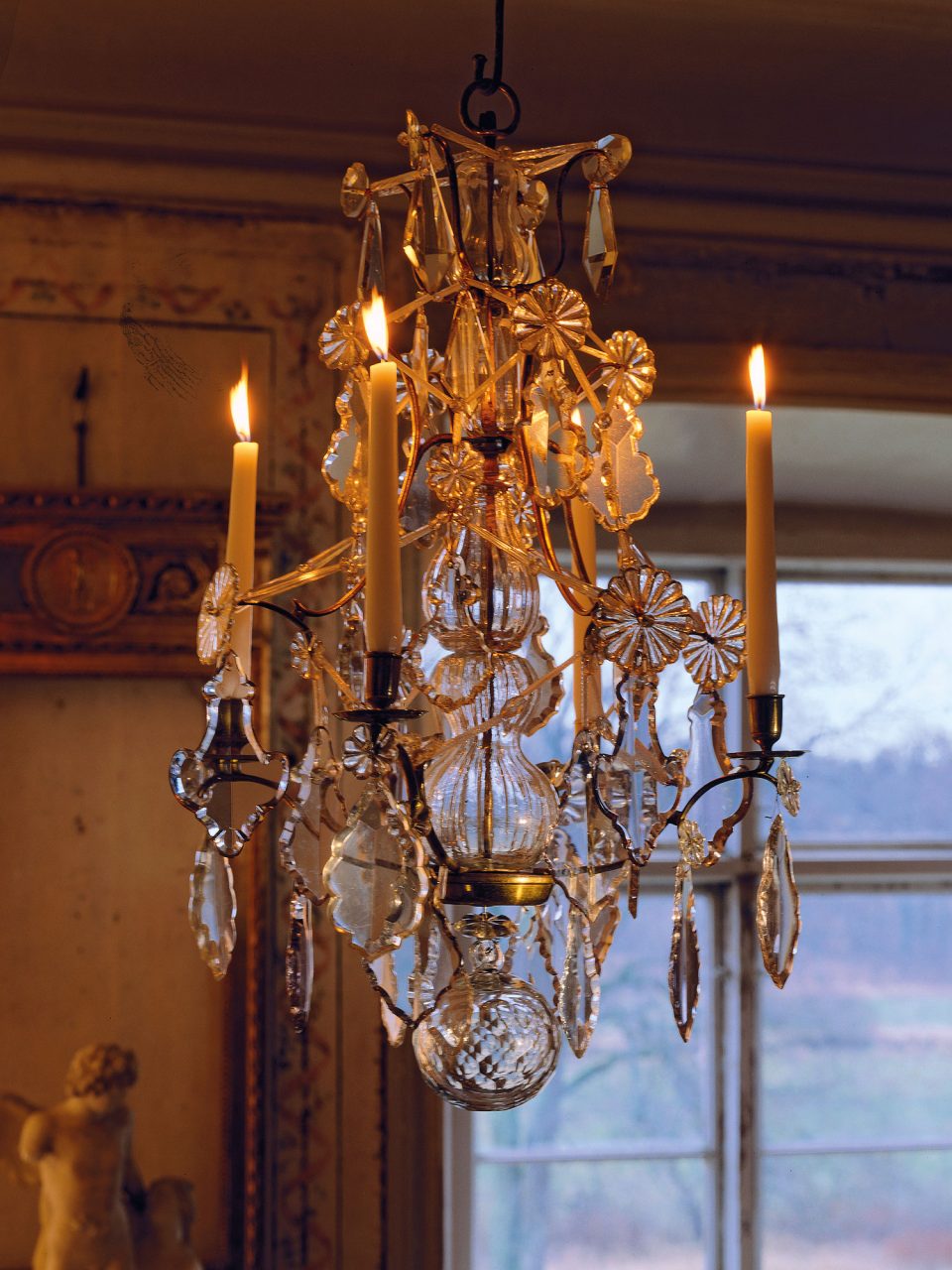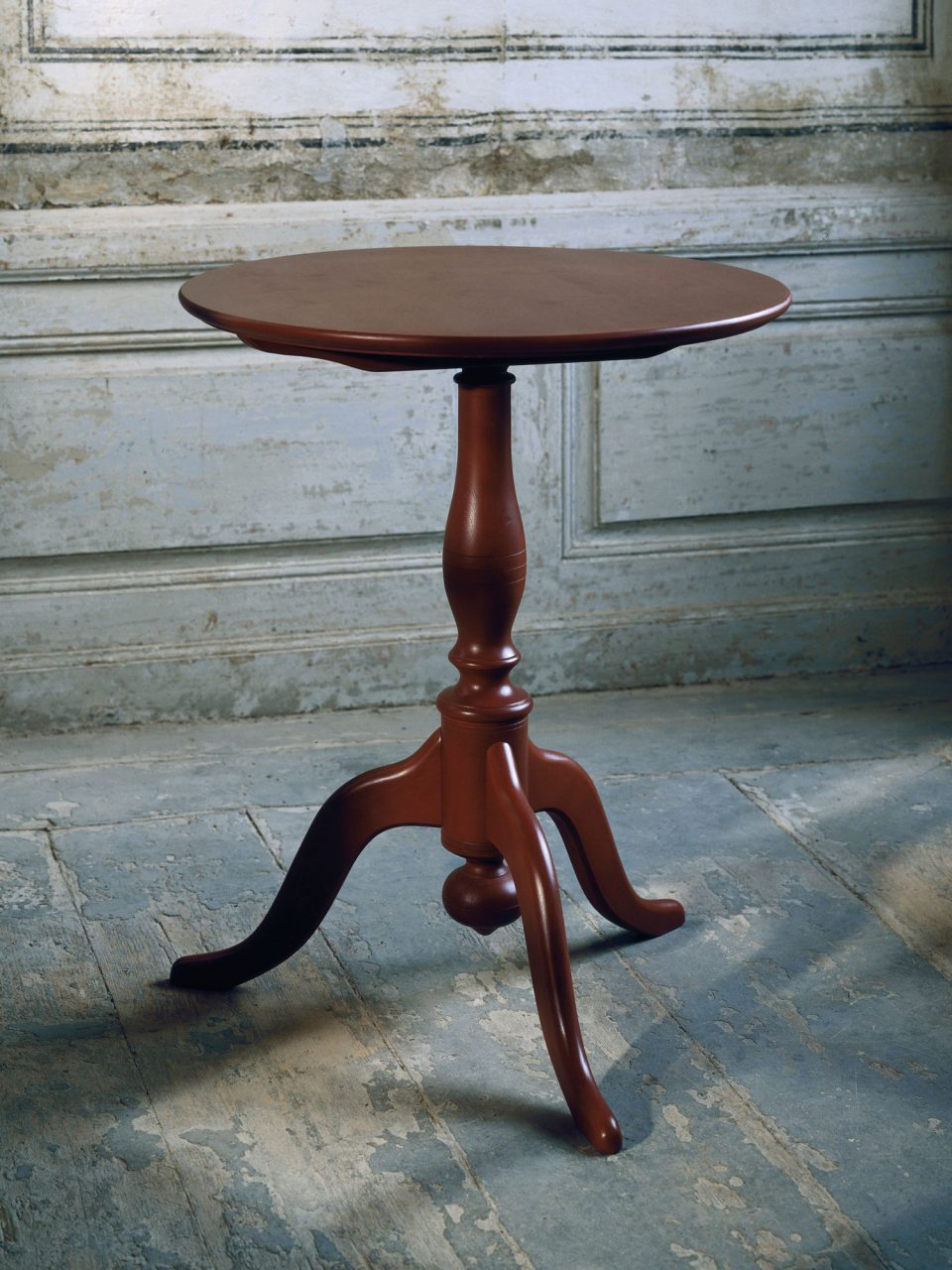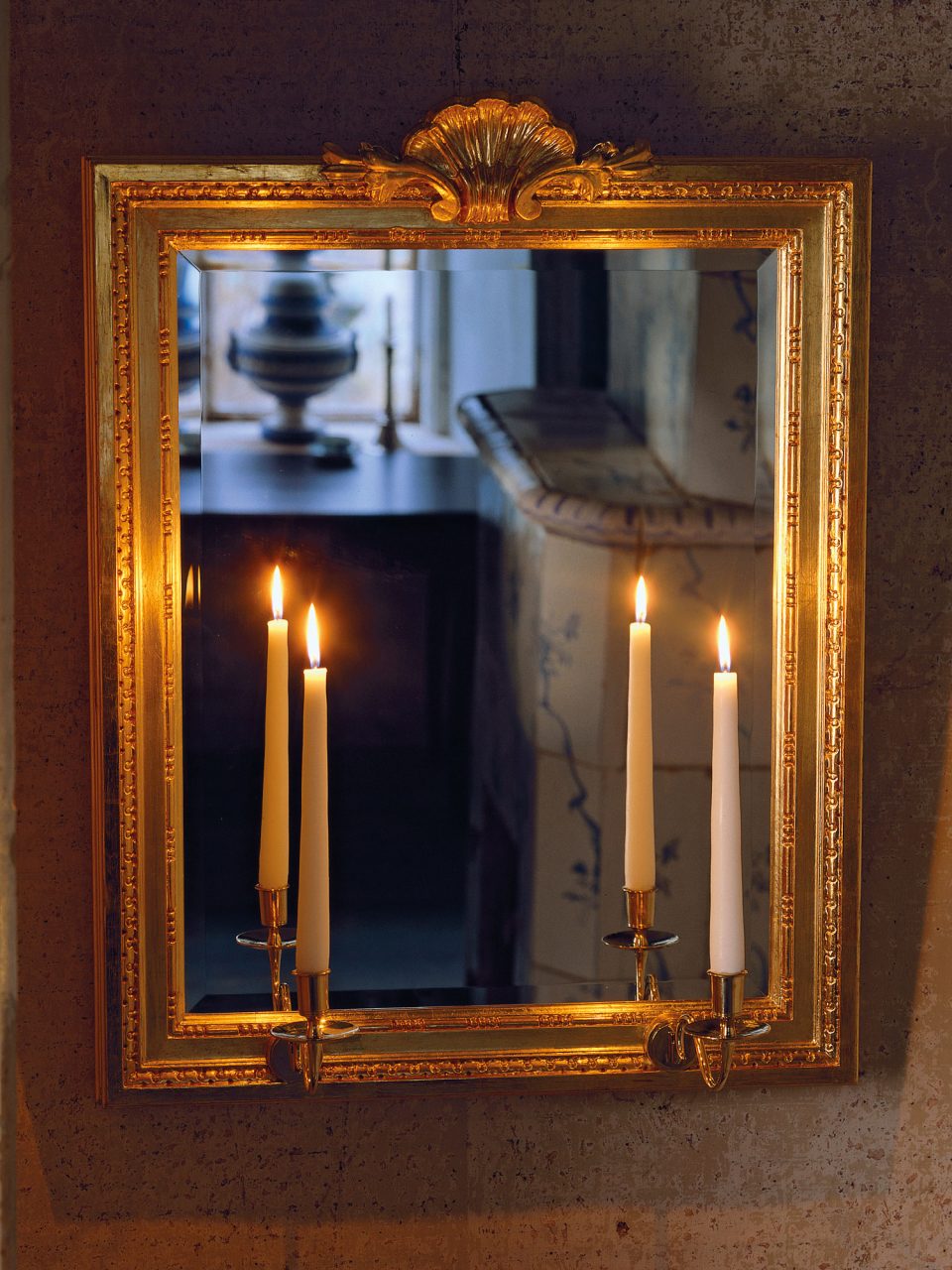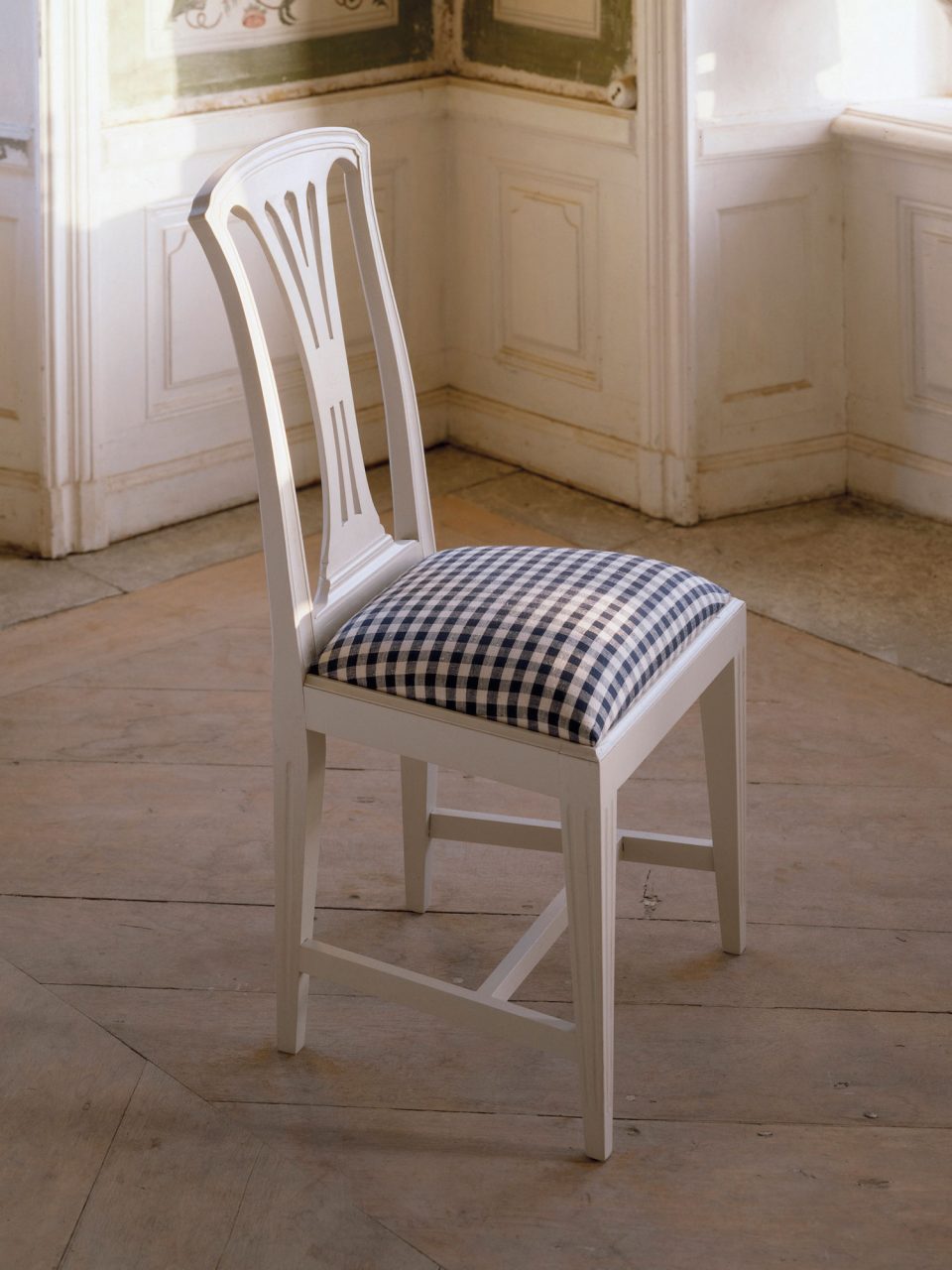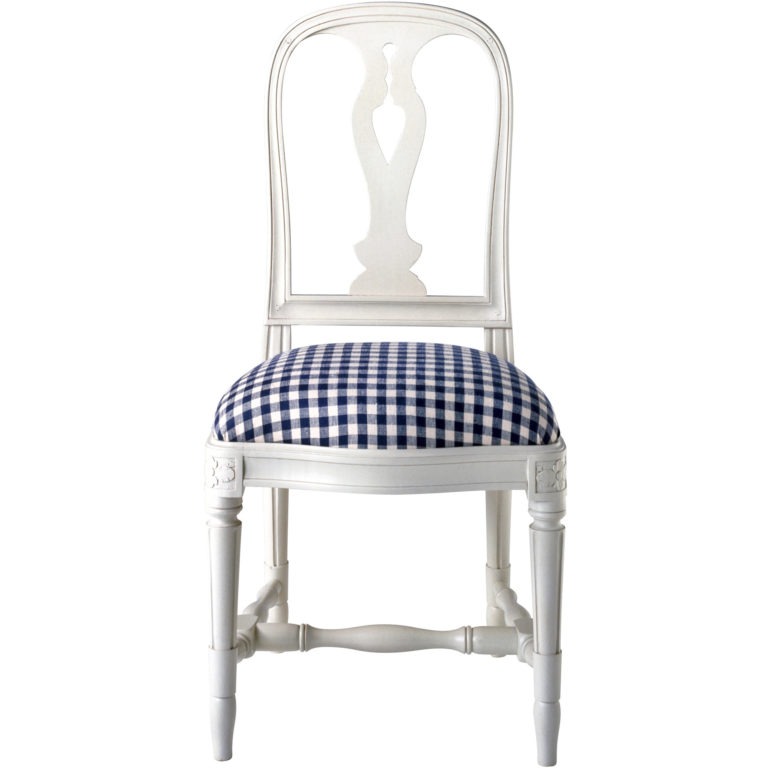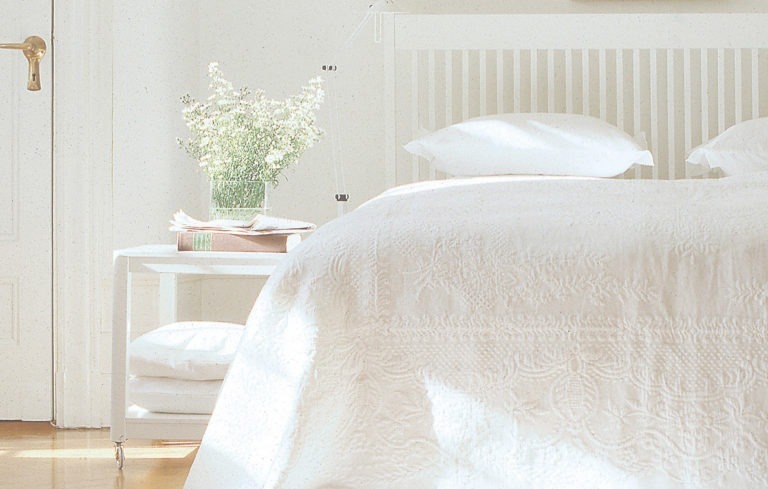During the mid-18th century, a new bourgeoisie emerged in Sweden, a middle class that could treat itself to beautiful everyday items and take time for socialising in the home. Furniture was suddenly not just a practical necessity, but a way of making life at home more pleasant.
When King Gustav III of Sweden visited the Palace of Versailles in 1771, he was greatly inspired by the Neoclassical style of France’s King, Louis XVI. But the Swedish economy was in a bad state, so Swedes had to look for local alternatives to importing furniture and other utility items from abroad – that was too expensive. So instead, Sweden sent for skilled professionals from France to come and train Swedish artists and craftspeople.





